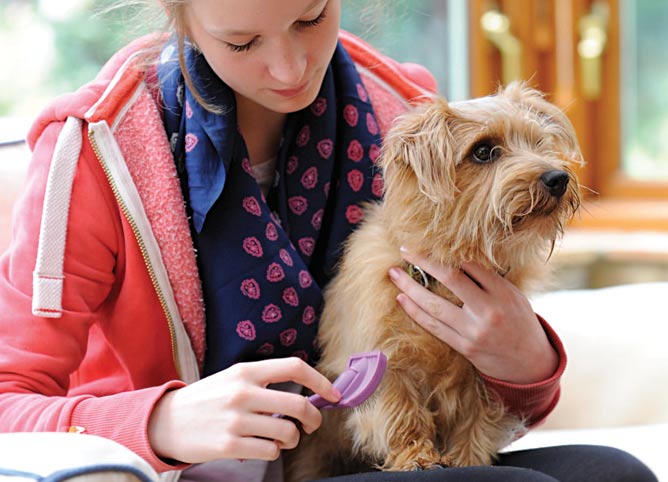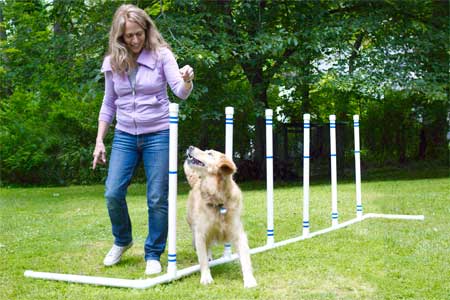 |
| Every member of the veterinary team plays and important roll! (Image Source) |
As we mentioned in a previous post, there are other options in the veterinary field aside from becoming a veterinarian. Additional team members can include, certified veterinary technicians, veterinary assistants, hospital managers and kennel staff. These are the most common found support staff in the veterinary field. While there are definitely alternative careers (such as zoo keepers, lab animal assistant, etc), we will focus on the most common ones listed above.
 |
| Certified Veterinary Technicians are a huge asset to any clinic. (Image Source) |
A certified veterinary technician (CVT) is invaluable to the a practice. They help support the veterinarian in almost every task. They assist with surgeries, collecting and analyzing samples, taking x-rays and any other diagnostics. As a CVT, you have a tremendous impact on the flow of the clinic and patient care. As with nurses on the human side of medicine, sometimes technicians have an even bigger impact on patient and client comfort than veterinarians do. Without CVT's the veterinarian and the veterinary profession could not function. The good news for this career path, is that the education is a lot more manageable for many people. Depending on the program you choose it can be a 2 year associates degree or a 4 year bachelor's degree. This dramatically decreases the student debt when compared with becoming a veterinarian. Many schools offer a variety of educational options as well, some have most of the class work online while others have the more standard classroom approach. Depending on your lifestyle, you can find the school that will fit your schedule and life style. There are also many options within this career path that are not limited to private practice. As a CVT, you can go on and specialize in different fields, assist with research, or any number of options. The possibilities are truly endless. If you would like more information on becoming a certified veterinary technician, you can find it by clicking here.
 |
| One job of a veterinary assistant is to restrain patients for the veterinarian to safely examine them. (Image Source) |
Another important team member is the veterinary assistant. While there is nor certification for this, there are some training options that will definitely help you become more marketable, but many people are trained on the job. Each individual practice may have different job descriptions for a veterinary assistant, but as the name states your main job will be to assist. This most often means helping with restraining patients, client communications, or possibly working with the boarding animals. This is a great way to get your foot in the door and see if the veterinary field is right for you. You can learn more about veterinary assistants here.
 |
| A practice manager will wear many hats, but be integral to the running of the clinic! (Image Source) |
Practice Managers or Hospital Managers are also becoming a very common member of the veterinary team. These individuals typically deal with the business side of things, which is good because most veterinarians are not naturally business savvy. They make sure the clinic (or clinics) they oversee are running smoothly, help with personnel, sometimes ordering or delegating jobs between other team members. Their jobs can be varied and many, but they have a huge impact on helping the clinic run more efficiently, which means more pets and clients are helped every day.
 |
| As a kennel assistant, you will be able to interact closely with animals staying in the clinic. (Image Source) |
Some clinics will also have dedicated kennel staff. If you like working closely with animals, this could be the position for you. Many times these will be larger facilities that house many boarding animals that will need to be cared for and exercised while their owners are away. You get to interact and have a direct impact on these pets every single day. At many clinics, these are the people that pets love and recognize the most. It can be a very rewarding position!
 |
| If you like working with animals and as a part of a team, the veterinary field may be the right choice for you ! (Image Source) |
Overall, if you have a love of animals, there is definitely a position for you in the veterinary field. Examining your strengths can help you become a great member of the team. Without each member, the clinic would not run smoothly. Every single person plays an invaluable roll.















